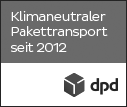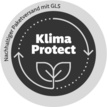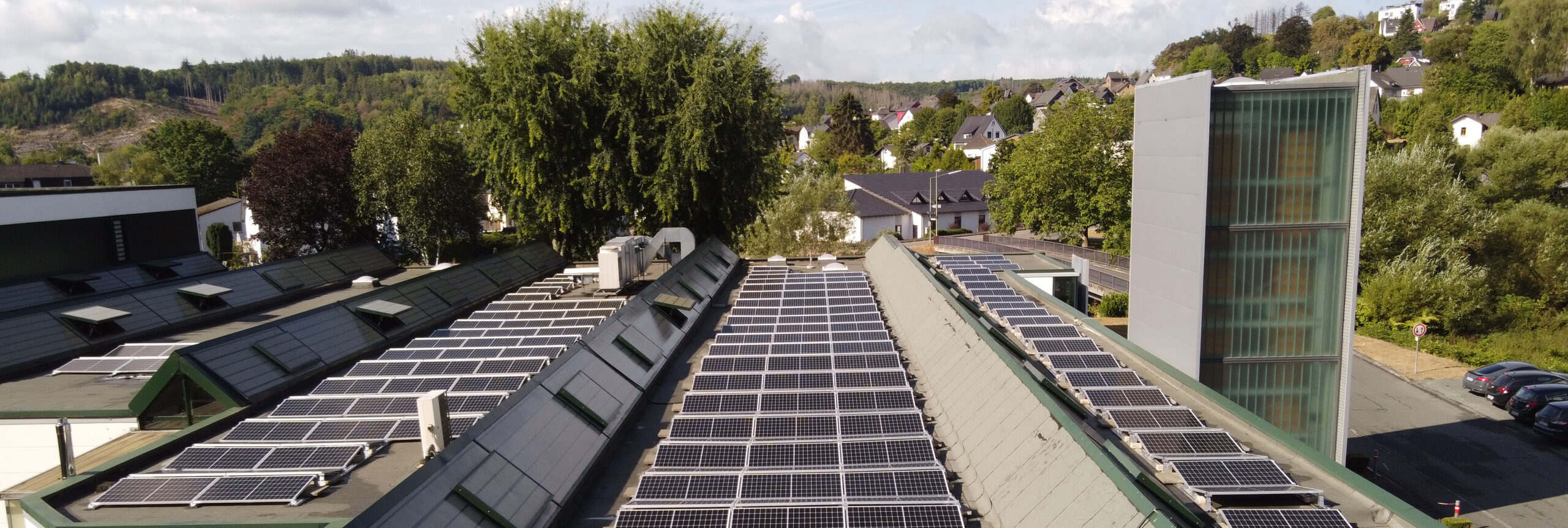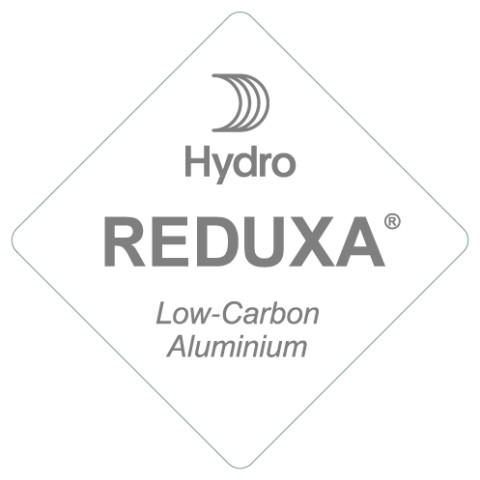Picture frames produced sustainably
Our contribution to climate neutrality
Since we started building picture frames, our focus has been on high quality and durability in addition to easy and convenient framing. Our first magnetic frames were sold in 1979 and still work as they did on day one. We know private collectors and museums who are among our first customers and still have frames from the early 80s in use today. In our work, we pay a lot of attention to the points of durability, production in Germany, sustainable materials and economical use of resources. Only this way we can make our contribution to climate neutrality.
Durability
The longevity of our products is directly linked to the solid construction. It starts with the strong base element made of a welded steel angle composite with glued-in hard foam board, continues with the profile frame, sides connected by steel angles and ends with a sturdy 3 mm thick glass.
As long as the frame does not fall down, it will last for decades. The magnetic force will also remain the same. If something should break, all parts of the frame are available individually as replacement parts and are still compatible with the frames from the very first hour.
The packaging is resealable and reusable and is ideal for storage between exhibitions.


Timeless design
What is the point of a functioning frame if it goes out of style? Our design is still clean, simple and timeless after all these years. Simple geometry and tasteful colours without changing fashion trends harmonise with the tastes of every era. Our design classic and bestseller Alu 8 silver matt has remained unchanged for almost 50 years and its restrained appearance fits in every time and every picture.
Production in Germany
All picture frames are produced in Kirchen, in the beautiful Westerwald, in the heart of Germany. This means that no frames or individual parts are transported halfway around the world. As a result, it is ensured that our frames are manufactured under the highest German social and environmental standards.

Shipping
Parcel shipping with DPD and GLS is climate neutral. By minimizing packaging volume of packaging thanks to customised shipping packaging - except for small shipments - we reduce transport volumes and the use of packaging and cushioning material. Our packaging material consists of recycled paper and we produce the filling material ourselves from production residues.


Spare parts
If something does break, each part can be reordered individually. The replacements are also compatible with first-generation frames without any problems. For profile frames, back panels, magnetic strips and packaging, contact info@halbe.de. Replacement glass and felted pads can be found in our shop. If you come by with your frame in person, you will also get a splitting bevel reworked free of charge.
Recycling
Ideally, our picture frames should always be reused. If you no longer need the frame yourself, you can pass it on or sell it. If something breaks, all components can be easily replaced. And if a frame does have to be disposed of, the glass, overframe and back panel should be sorted and disposed of separately. After all, aluminium, steel and glass can be recycled very well.


Aluminum
Since 2022, we have been exclusively sourcing sustainable aluminum profiles. Our aluminum profiles are pressed and coated exclusively in Germany. Both pure and recycled aluminum are used for this purpose.
The primary material Hydro REDUXA® has a carbon footprint of max. 4 t CO2 per ton of aluminum due to the use of renewable energy sources such as hydropower. The recycled material of the NEWTRAL®brand from Erbslöh Aluminium even has, through the use of perconsumer material and green electricity from hydropower among others, a footprint of only 2.7 t CO2 emissions per ton of aluminum.
All in all, this means a saving of 12.7 t and 14 t respectively compared to the global average of 16.7 t CO2 emissions per ton of aluminum. The average in China is even around 20 t, due to the high proportion of fossil fuels. Since aluminum can be recycled as often as required, all production waste is returned to the materials cycle to be used to make new material.
Glass
Our glass comes exclusively from European production, a large part of it even comes from Germany. By using the latest CNC-controlled cutting technology and waste optimization, waste is reduced to a maximum. All production waste is collected by type and recycled, because glass can be recycled almost as often as desired.
Packing cardboard
Our packaging cardboard is also made in Germany. By using the latest CNC-controlled cutting technology and waste optimization, we can also reduce waste to a maximum here. The remaining waste is processed into padding material and used for shipping. All other production waste is collected by type and recycled. Please dispose of your cardboard packaging via the "Blue Bin" and recycle it properly.
Passepartout board
Our passepartout and corrugated boards are produced in Germany by the company Klug Conservation from 100% fresh fibre cellulose. Adhesives and additives used are sustainably produced, if possible from natural raw materials such as vegetable starch or gelatine. Careful use of resources is taken in the production process. Klug's production building meets passive house standards. 65% of the energy required comes from the company's own photovoltaic system. The purchased electricity is 100% green electricity. We use the latest CNC-controlled cutting technology and waste optimisation to reduce waste to a minimum. Any leftovers are made available to regional kindergartens and schools free of charge. All production waste is collected by type and recycled.
KAPA® Back wall foam
Our back wall consists of a lightweight board, the KAPA® Back wall foam. The lightweight board consists of foam and is covered with a paper top layer. This is manufactured in Germany and maximally waste-opitimized by our CNC-controlled cutting technology. All production waste is thermally processed.
Heat
Our hall roofs were newly insulated, one of the most efficient energy renovation measures. Our heating system has been replaced by a new modulating condensing gas burner with intelligent control, which reduced our gas consumption by about 30%. In addition, the waste heat from our machines is used to heat the halls.
Mobility
We do not yet use electric mobility - except for our forklift trucks. But we drive our cars for many years and don't just lease them for a short time. A long service life saves resources. Thanks the pandemic, we have learned to do without unnecessary trips, because every kilometre saved conserves additional resources.










